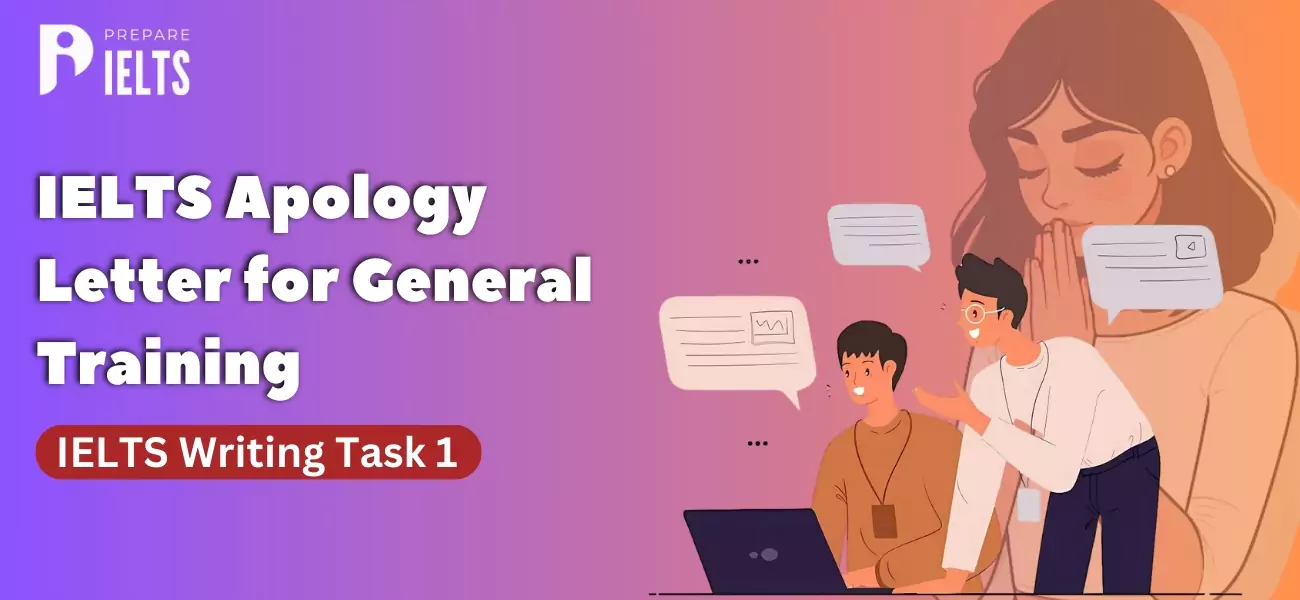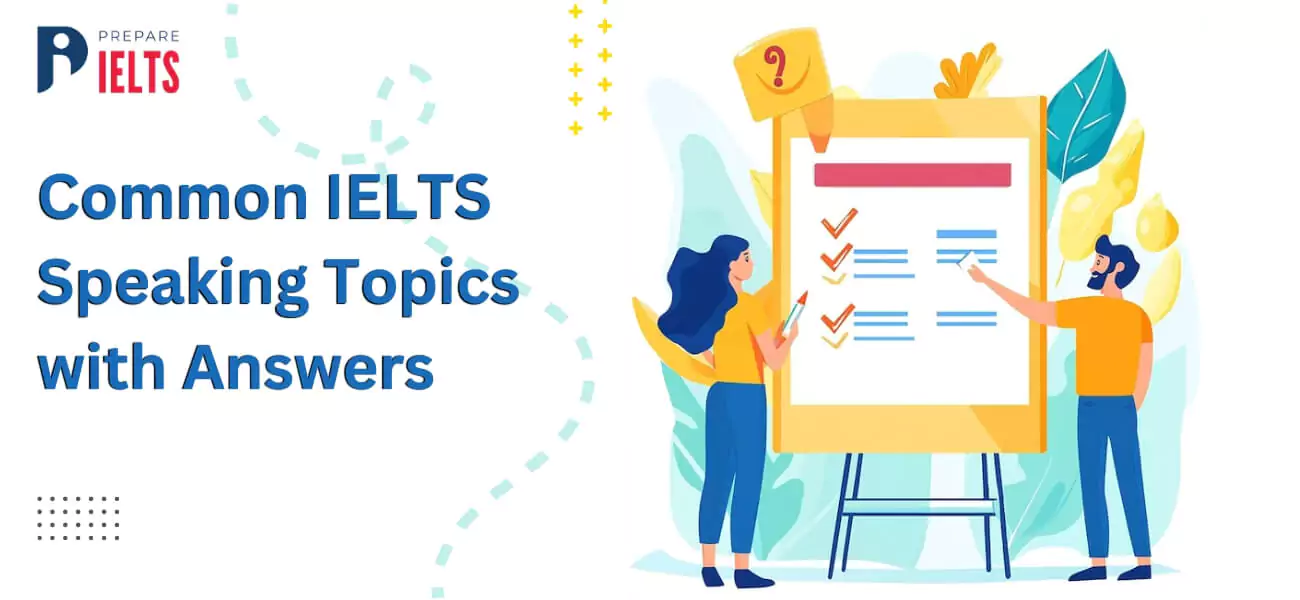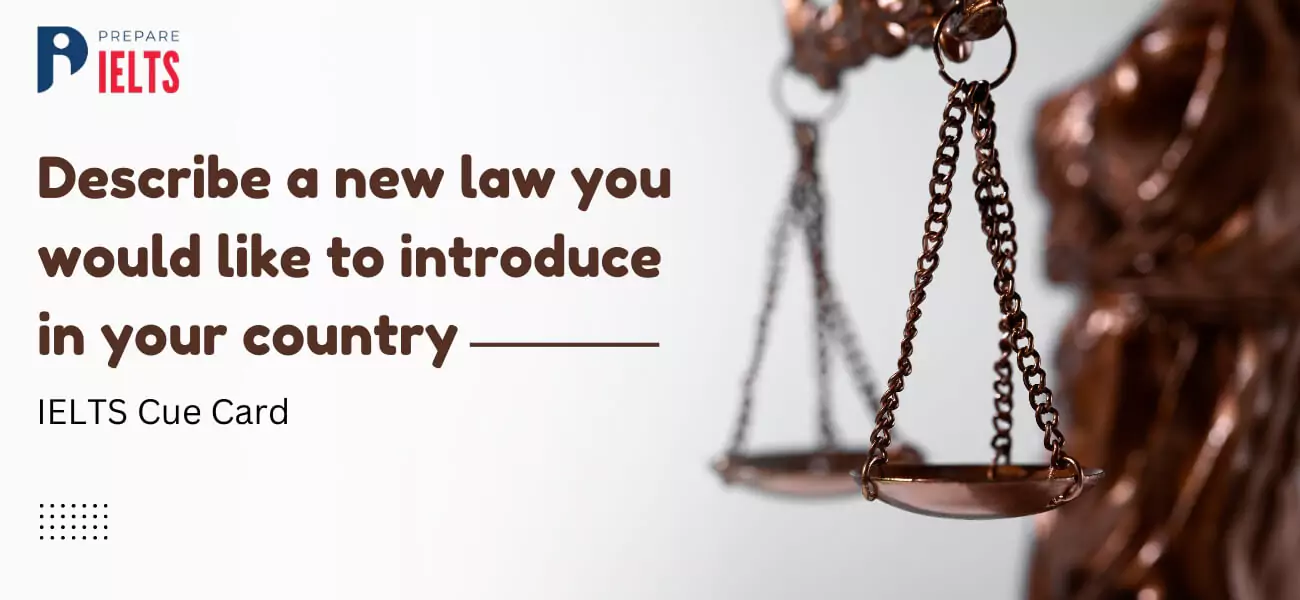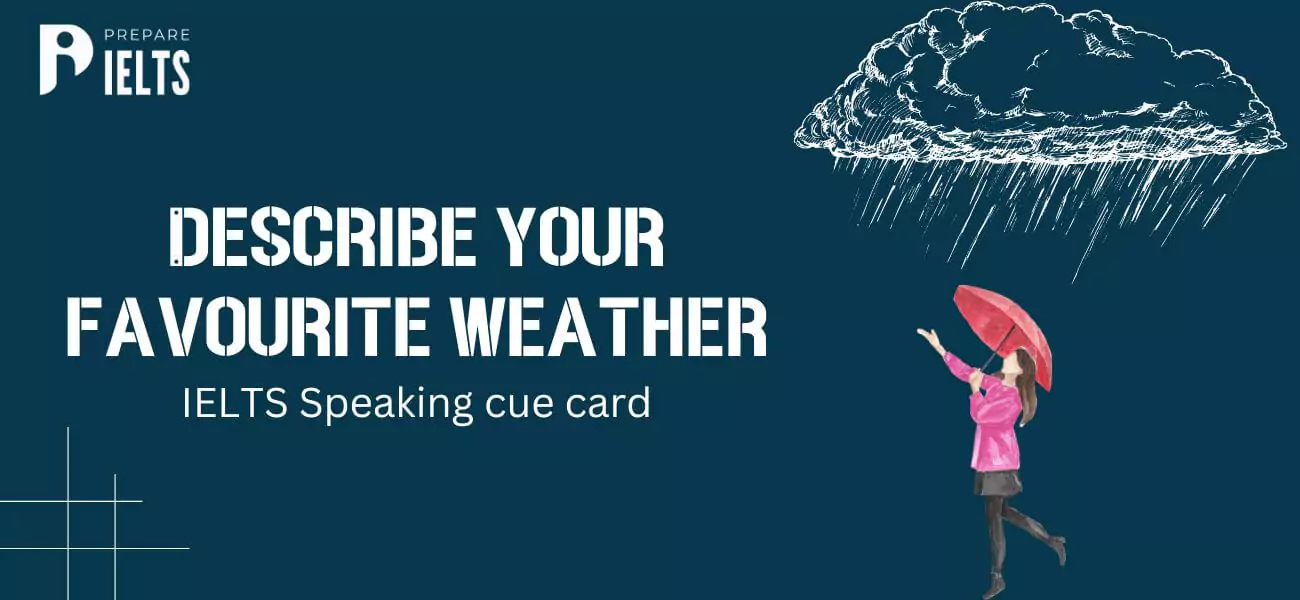
Overview
Are you ready to conquer the IELTS Reading test's True/ False/ Not Given question type? The True/False/Not Given is considered one of the most challenging IELTS reading test question types. Students often get confused and face difficulties in attempting these questions.
There is a common format of True/False/Not Given IELTS reading questions. A text section will be provided for you to read, where a set of true/false questions follows the passage. Every query is written as a comment on the passage wherein determining if a statement contains information that is “not given” is the hardest thing for many individuals. Some people reread the section, look up information that isn't in the text, and even get anxious.
Check out the IELTS reading tips for true/false/not given and the recommendations given in the blog to avoid common mistakes and attempt this section with utmost efficacy.
IELTS Reading Sample Passage And Not Given/True/False Questions
Below is the sample passage and not given/true/false questions to help you to understand better:-
The Real Story about Koalas
Although bear-like, koalas are not bears. They are mammals, so they feed their young milk. They are also marsupials, which means that their babies are born immature, and they develop further in the safety of a pouch. They are tree-dwelling, herbivorous marsupials, which average about 9 kg in weight and live on gum leaves. Their fur is thick and usually ash grey with a tinge of brown in places. Koalas in the southern parts of Australia are considerably larger and have thicker fur than those in the north. This is thought to be an adaptation to keep them warm in the colder southern winters.
Younger breeding females usually give birth to one joey each year, depending on a range of factors. The joey stays in its mother’s pouch for about six or seven months, drinking only milk. After venturing out of the pouch, the joey rides on its mother’s abdomen or back, although it continues to return to her pouch for milk until it is too big to fit inside. The joey leaves its mother’s home range between one and three years old, depending on when the mother has her next joey.
Koalas are mostly nocturnal. They sleep for part of the night and also sometimes move about in the daytime. They often sleep for up to 18 to 20 hours each day. There is a myth that koalas sleep a lot because they ‘get drunk’ on gum leaves. However, most of their time is spent sleeping because it requires a lot of energy to digest their toxic, fibrous, low-nutrition diet and sleeping is the best way to conserve energy.
The koala gets its name from an ancient Aboriginal word meaning ‘no drink’ because it receives over 90% of its hydration from the eucalyptus leaves (also known as gum leaves) it eats and only drinks when ill or when there is not enough moisture in the leaves, such as during droughts.
Question:
Which of the following claims is true based on the facts in the reading passage?
Choose:
TRUE if the statement agrees with the information
FALSE if the statement contradicts the information
NOT GIVEN if there is no information on this
-
Koalas are vegetarian. T / F / NG
-
There are more koalas in the southern parts of Australia. T / F / NG
-
Koalas may have one to three babies during their lifetime. T / F / NG
-
Koalas are mainly awake at night. T / F / NG
-
Koalas get drunk from gum leaves. T / F / NG
-
Koalas do not normally drink water. T / F / NG
True/False/Not Given IELTS Tips and Strategy
All IELTS Reading question types follow the same format. You are required to read a lengthy section of text. Reading and understanding the meaning of these texts may require a significant amount of time. The IELTS reading tips for true/false/not given and strategies will assist you better organise your thoughts and respond to questions in a fast and effective manner:
Here are the tips:
-
First tip: Practise paraphrasing to understand better, interpret what you read in the question, and answer it properly.
-
Second tip: Ask yourself, "What is going on in this paragraph?" using your analytical or critical thinking abilities. After that, develop the ability to distinguish between the primary concept and any supporting details.
-
Third tip: When possible, determine a reasonable meaning for an unclear phrase, message, or idea in the paragraph by applying common sense and existing understanding of the subject.
To answer True/False/Not Given IELTS Reading questions in the section, follow this four-step strategy:
Step 1: Pay attention to the statement. As an illustration, statement 1 says that koalas are vegetarians.
Step 2: Determine the statement's keywords and evaluate its meaning about them. The keywords, in this case, are "vegetarian" and "koalas."
Step 3: Find the passage in the text that discusses this particular subject. For instance, "They are tree-dwelling, herbivorous marsupials" is stated in the opening paragraph.
Step 4: Determine if it is conveying:
-
the same thing (True),
-
a different thing (False), or
-
is not mentioned or referred to at all (Not Given).
For statement 1, the answer is True because herbivorous = vegetarian.
Let's attempt this tactic on the remaining True/False/Not Given IELTS statements below. All the necessary details have been figured out and underlined, so you can easily follow this four-step process.
Suggested: How is IELTS Band Score Calculated?
Register Now, for a free Mock test - Join Today!
True/False/Not Given IELTS Sample Questions and Answers
The Real Story about Koalas
[Q1 & 2] Although bear-like, koalas are not bears. They are mammals, so they feed their young milk. They are also marsupials, which means that their babies are born immature, and they develop further in the safety of a pouch. They are tree-dwelling, herbivorous marsupials, which average about 9kg in weight and live on gum leaves. Their fur is thick and usually ash grey with a tinge of brown in places. Koalas in the southern parts of Australia are considerably larger and have thicker fur than those in the north. This is thought to be an adaptation to keep them warm in the colder southern winters.
[Q3] Younger breeding females usually give birth to one joey each year, depending on a range of factors. The joey stays in its mother’s pouch for about six or seven months, drinking only milk. After venturing out of the pouch, the joey rides on its mother’s abdomen or back, although it continues to return to her pouch for milk until it is too big to fit inside. The joey leaves its mother’s home range between one and three years old, depending on when the mother has her next joey.
[Q4 & 5] Koalas are mostly nocturnal. They sleep for part of the night and also sometimes move about in the daytime. They often sleep for up to 18 to 20 hours each day. There is a myth that koalas sleep a lot because they ‘get drunk’ on gum leaves. However, most of their time is spent sleeping because it requires a lot of energy to digest their toxic, fibrous, low-nutrition diet, and sleeping is the best way to conserve energy.
[Q6] The koala gets its name from an ancient Aboriginal word meaning ‘no drink’ because it receives over 90% of its hydration from the eucalyptus leaves (also known as gum leaves) it eats and only drinks when ill or times when there is not enough moisture in the leaves, such as during droughts.
Question:
Which of the following claims is true based on the facts in the reading passage?
Choose:
TRUE if the statement agrees with the information
FALSE if the statement contradicts the information
NOT GIVEN if there is no information on this
-
Koalas are vegetarian.
-
There are more koalas in the southern parts of Australia.
-
Koalas may have one to three babies during their lifetime.
-
Koalas are mainly awake at night.
-
Koalas get drunk from gum leaves.
-
Koalas do not normally drink water.
You can review the answers after attempting to respond to the True/False/Not Given IELTS sample questions in the given example!
Suggested: Best Websites for IELTS Preparation Online
Check your Answer to IELTS Not Given/True/False/ Questions Types
-
Koalas are vegetarian. = True (‘herbivorous’ means only eats plants; eats ‘gum leaves’)
-
There are more koalas in the southern parts of Australia = Not Given (koalas are ‘larger’ in size in southern Australia, but the number of koalas is not mentioned)
-
Koalas may have one to three babies during their lifetime. = Not Given (they have ‘one joey each year’, but it does not say the maximum number of joeys they can have)
-
Koalas are mainly awake at night. = True (they are ‘mostly nocturnal’, which means awake at night time)
-
Koalas get drunk from gum leaves. = False (that is ‘a myth’, which means an idea that many people believe but is not true; they sleep a lot to ‘conserve energy’)
-
Koalas do not normally drink water. = True (they usually get their water from ‘eucalyptus leaves’; only drink ‘when ill’ or when ‘not enough moisture in the leaves’).
Conclusion
To sum up, using the provided list of tips and strategies can help you perform well in this section of the IELTS reading test. Gaining proficiency in answering these questions may require some time, but with the right resources, guidance and consistent practice, you can get the desired band score on the IELTS exam.
If you want to know more about the IELTS exam or want to prepare for IELTS, we recommend you sign up for our IELTS courses designed by our experts. Please contact Prepare IELTS Exam (PI) expert counsellors if you need further guidance. Our team of education experts is dedicated to assisting you in the best possible way for the IELTS exam. You can also get a one-on-one counselling session online via our platform. Contact us at info@prepareieltsexam.com or call us at +91 9773398388.
FAQs
The most prevalent mistake students make is to label a similar statement as true. True indicates that the meaning is the same, whereas false indicates that the response is just close to what should be the answer but is, in fact, incorrect.
According to their many presumptions about the question, students here make mistakes and need clarification on false statements and questions that are not given.
These questions, which are the hardest and most time-consuming, measure how quickly a student can read and analyse. In addition, it evaluates the student's capacity for reasoning, which is necessary to provide the correct response to the question.
No, just because the terms match doesn't indicate that the question is true or false; it cannot be given too.
Another instance in which students can classify an incorrect response is when a statement that is true but does not relate in any way to the question is given. It can result from the material being paraphrased without proper context or justification.
Latest Blogs
-

IELTS Score for Canada: Minimum IELTS Requirement for Canada 2025
2024-09-27 18:24:14
-

IELTS Apology Letter for General Training: IELTS Writing Task 1
2024-09-25 16:38:03
-

Minimum IELTS Score for Australia: Student Visas, Universities, and PR in Australia
2024-09-23 18:09:51
-

Common IELTS Speaking Topics with Answers
2024-09-20 18:21:56
-

Describe a foreign culture that you like: IELTS speaking cue card
2024-09-18 16:14:11
-

Describe a Rainy Day IELTS Speaking cue card
2024-09-18 11:11:32
-

Describe a new law you would like to introduce in your country IELTS cue card
2024-09-13 17:17:46
-

Describe your favourite weather: IELTS cue card
2024-09-11 18:01:28
-

Describe an enjoyable journey by public transport: IELTS cue card
2024-09-09 18:05:45
-

Step-by-Step Guide to IELTS Registration in India for the Year 2024 & 2025
2024-09-07 12:59:51


